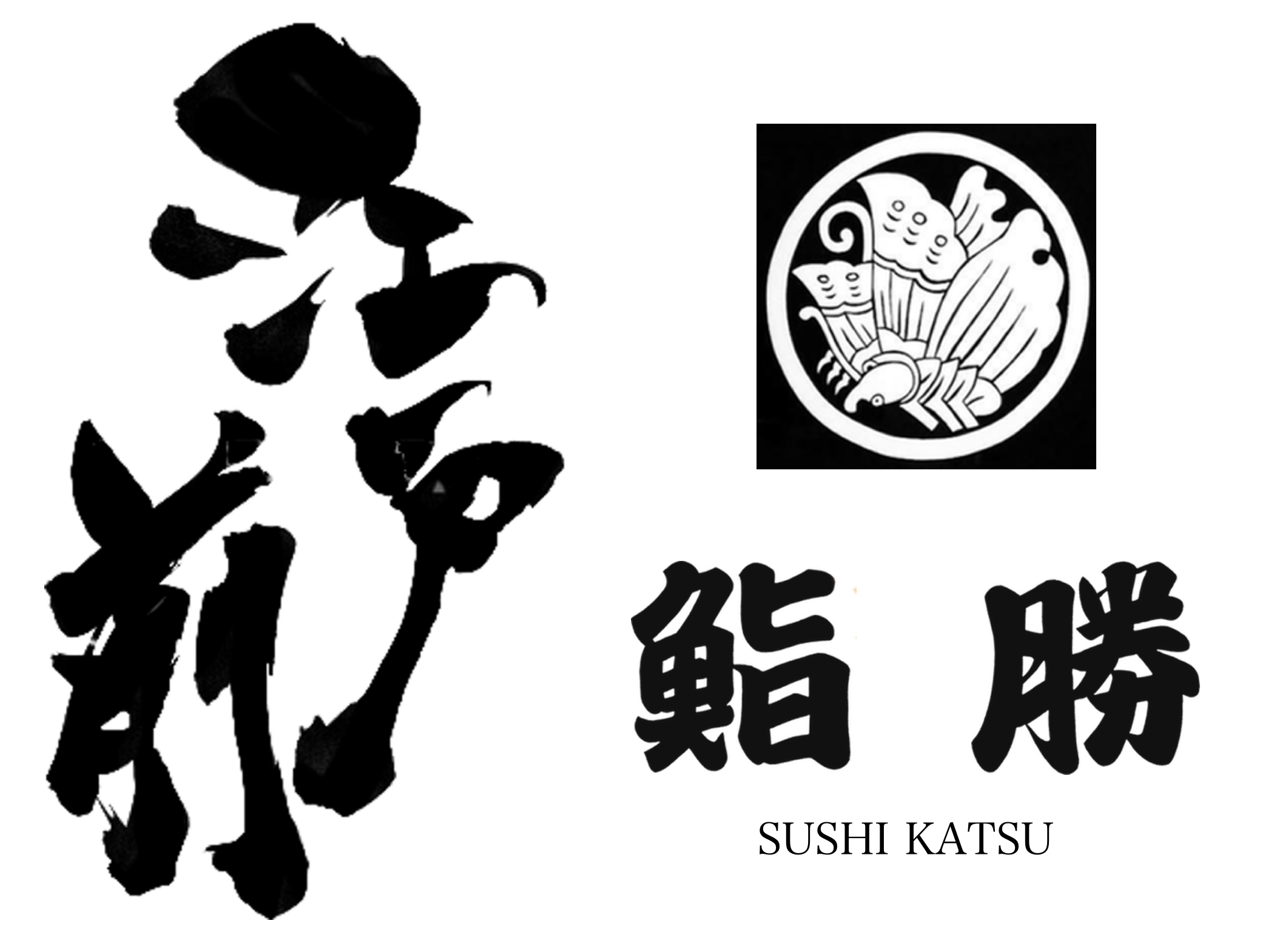「引き算の美学:江戸前鮨と職人のこだわり」
1970年代から80年代にかけて、日本は高度経済成長を遂げ、国民の生活水準が大きく向上した。外国からはまだ「生魚を食べる野蛮な民族」と言われていたが、東京にある銀座や赤坂など、活気に満ち溢れたエリヤには、江戸前の暖簾を掲げるすし屋が軒を連ね、高級外食の一翼を担う存在として、空前の寿司ブームを引き起こした。
このブームが起こった背景には、「素材となる魚の細胞から、最大限に旨味を引き出し、ご飯と米酢を加えることで発酵を促させる」
江戸末期頃から伝えられ、長年の研鑽によって磨き上げられたいた「古典手法」にある。
発酵による自然な甘みや旨みが口の中に広がるシンプルな滋味深さが特徴で、絶妙なシャリとネタとの一体感は、もはや特別な日のご馳走という枠を超え、「魂が込められた芸術作品」
職人たちはこの調理法を「江戸前鮨」と呼び、人々を魅了してきた。
この古典技法には「究極の引き算」や「負担と量を減らす」など、素材から不要なものを極限まで取り除き、良い成分だけを引き立てるという独特な掟が存在し、
非常にで複雑で高度な技法なため、「見て覚えろ」という言葉の通り、職人たちの間で感覚的に継承されていた。
この話を通じて思い出されるのが、「医食同源」(いしょくどうげん)という言葉だ。
病気を予防するのも病気を治療するのも、共に生命を養い健康を保つのも、源は同じ。
日頃からバランスの取れた美味しい食事をとることで病気を予防することが重要だという考え方であり、
体によい食材を日常的に食べて健康を保てば、特に薬など必要としないという中国の「薬食同源思想」をもとに、日本で作られた造語である。
裏を「たった1回の食事で身体の調子を崩す」
食が毒にもなるということを意味する
自然界の動物たちは「体に必要な成分=美味しい」、「体に悪い成分=不味い」と、本能的に判断する感覚を持っている。
つまり、生きるための食べられるかどうか判断するために味覚があり、からだに必要なものははおいしく感じるようにできている。
例えば、ケーキを食べて幸せを感じるのは、脳に必要な糖分を摂取できるからである。
だが、大量に食べると気分が悪くなり、しばらく食べたくなる。
血糖値が身体の許容範囲を超え、防御反応として生理現象を起こしているからである。「食べ飽きる」という現象だ。
美味しく感じさせるには、体に悪い成分よりも、良い成分を多くする必要がある。
多くの調理法は、良い成分を「足し算」で増やそうとするが、その過程で悪い成分も取り込んでしまうことがある。
対照的に、江戸前鮨は「究極の引き算」を通じて、体に悪い成分を極限まで取り除き、良い成分だけを引き立てることを重視している。
「体に良い成分」を引き立てるために、「極限まで体に悪い成分」を取り除く、他の調理とは異なる江戸前鮨は、カルフォルニアロールが寿司ではないと言われているのは、厳格な江戸前美学「究極の引き算」が存在したからと言っても過言ではない。
“The Art of Subtraction: Edo-mae Sushi and the Craftsmanship Behind It”
From the 1970s to the 1980s, Japan underwent rapid economic growth, significantly raising the standard of living for its citizens. Although some foreigners still referred to the Japanese as “a barbaric people who eat raw fish,” lively areas in Tokyo like Ginza and Akasaka were lined with sushi restaurants bearing the Edo-style noren curtains, which played a key role in the high-end dining scene and sparked an unprecedented sushi boom.
The background of this boom lies in the “classical technique,” which has been passed down since the late Edo period and refined over many years of practice. This technique involves extracting the maximum umami from the fish cells and promoting fermentation by adding rice and rice vinegar.
The simplicity and depth of flavor, characterized by the natural sweetness and umami produced by fermentation, and the exquisite harmony between the shari (sushi rice) and the neta (topping), transcends the concept of sushi as a mere special-occasion treat and elevates it to a “work of art infused with soul.”
The artisans called this method “Edo-mae sushi,” and it has captivated people for generations.
This classical technique involves a unique code of conduct, such as “the ultimate subtraction” and “minimizing burden and quantity,” which focus on removing all unnecessary elements to highlight only the good components. Because of its extremely complex and sophisticated nature, this technique has been passed down intuitively among artisans with the phrase “learn by watching.”
This brings to mind the phrase “Ishoku Dōgen” (医食同源).
Preventing disease, treating disease, and maintaining health all stem from the same source. The idea is that it is important to prevent illness by eating well-balanced and delicious meals daily. This concept, which suggests that eating nutritious foods regularly will keep you healthy without the need for medicine, is a term coined in Japan based on the Chinese philosophy of “Yaku-shoku Dōgen.” On the flip side, it also means that “one bad meal can disrupt your body’s balance,” signifying that food can also be poisonous.
In the natural world, animals instinctively judge food with a sense of “good for the body = delicious” and “bad for the body = unpleasant.”
In other words, animals have taste to determine whether food is edible to sustain life, and their bodies are designed to find necessary nutrients delicious.
For example, the reason eating cake makes you feel happy is that your brain is receiving the sugar it needs. However, if you eat too much, you’ll start to feel sick and won’t want to eat it for a while. This is because your blood sugar levels exceed the body’s tolerance, triggering a physiological defense mechanism—this is the phenomenon known as “getting tired of eating.”
To make food taste good, it’s necessary to have more good components than harmful ones. Many cooking methods aim to increase the good components through “addition,” but in the process, harmful components may also be included. In contrast, Edo-mae sushi emphasizes “the ultimate subtraction,” focusing on removing as many harmful components as possible to highlight only the good ones.
To emphasize “good components” by removing “harmful components to the extreme,” Edo-mae sushi differs from other cooking methods. It’s no exaggeration to say that the reason California rolls are not considered sushi is because of the strict Edo-mae aesthetic of “the ultimate subtraction.”
赤坂 鮨勝 1980



